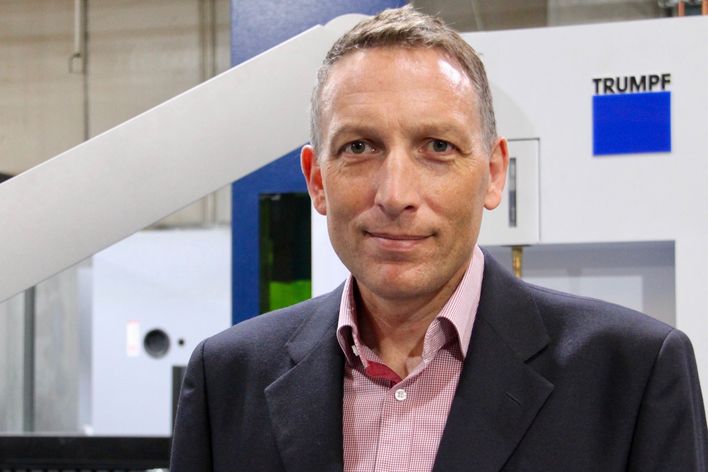Whether for a cheekbone or to replace part of the lower jaw – craniomaxillofacial implants need to combine a variety of properties. They must be sturdy, but also capable of cushioning blows. They need to fuse with healthy tissue, yet they must still remain stable and durable. And, as ever, price is also a consideration. In other words, the specifications are challenging. Yet help is on hand from a technology that is currently transforming a whole range of sectors: additive manufacturing – or, as it is better known, 3D printing.
Medical practitioners, too, are now discovering the benefits of 3D printing. In addition to a 3D printer, they also require the patient’s physical data plus a good CAD technician who can then create a perfectly fitting implant on this basis. At the press of a button, the 3D printer then goes to work. In surgery, the physician no longer needs to cut the implant to shape and can instead concentrate fully on the operation. What’s more, unlike conventional machining methods, 3D printing does not produce any waste in the form of shavings or swarf, so the environment benefits too. And given that most implants are made of expensive titanium alloys, this process also cuts costs.
TRUMPF supplies the 3D printer…
CONMET, a Moscow-based manufacturer of medical devices, first looked at additive manufacturing some ten years ago. At the time, however, the technology was not yet sufficiently mature for such applications. “CONMET asked several suppliers to produce samples of 3D-printed parts, but the quality fell short of requirements,” recalls Andreas Margolf, project manager for additive manufacturing at TRUMPF. Then, in 2017, the company decided to give 3D printing another try – this time with TRUMPF on board, together with its compact 3D printing machine, the TruPrint 1000. “Our arguments convinced CONMET,” Margolf relates. “And they were impressed with the test parts we produced for them.” The company now produces craniomaxillofacial and dental implants for the Russian market and will soon start supplying the whole of Europe as well.
But what about the process parameters? And where does CONMET get its titanium powder? They all come from TRUMPF! “We ran a series of tests to determine the optimum process parameters for CONMET,” Margolf explains. We chose a focal diameter of the laser of 30 micrometers which improves the surface smoothness of the implants by 20 percent as compared to a focal diameter of 55 micrometer. This makes the process a little slower, but that’s a secondary consideration in the field of medical devices. “What counts most is the quality of the implant,” says Margolf.
TRUMPF supplies everything – the titanium powder, substrate plate, coating tool and software. This ensures products of a consistently high quality. In other words, reproducibility. This is a key factor in practically every sector of manufacturing. In the field of medical devices, it can mean the difference between life and death. TRUMPF guarantees CONMET direct delivery in the event of shortages or faulty equipment. Our local agency, TRUMPF Moscow, is also on standby in case of any problems. This provides CONMET with a local service partner and Russian-speaking technicians.
Savings of 40 percent
CONMET has been operating with the TruPrint 1000 since the beginning of 2018, producing dental implants and craniomaxillofacial implants for cancer patients. “Our output is already 60 implants a month, and now we are aiming to increase our productivity by a further ten percent,” says Nadeschda Morozova, project manager at CONMET. Compared to conventional machining methods such as turning and milling, the new 3D printer saves CONMET 40 percent in production costs.
Big plans
CONMET’s initial doubts have long since vanished. “We’re now looking to buy a bigger 3D printer from TRUMPF for mass-produced prosthetics,” Morozova explains. And there are also plans to produce spinal fixation devices using the new process. For TRUMPF it’s important that CONMET should enjoy commercial success. “It’s not just about the customer buying equipment from us; we also want to see them earn money,” Margolf says.






